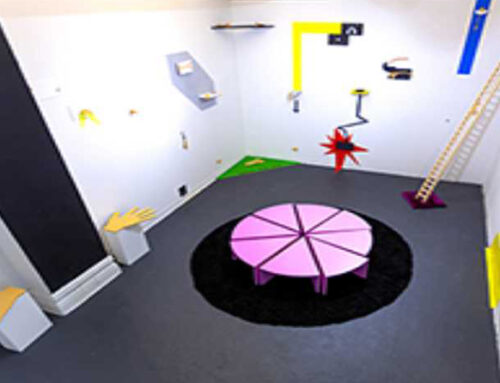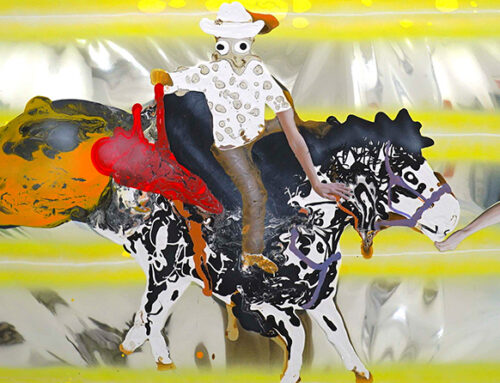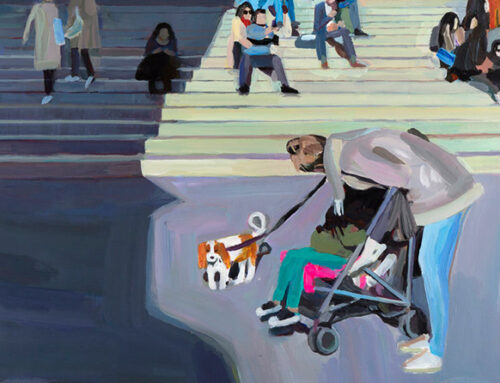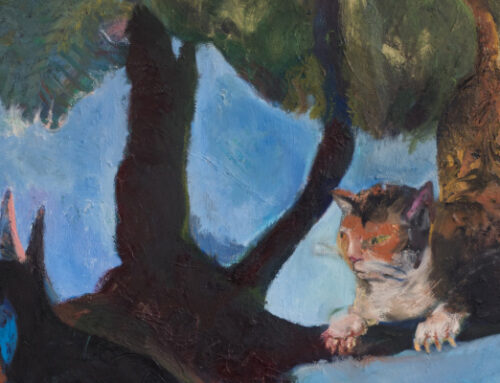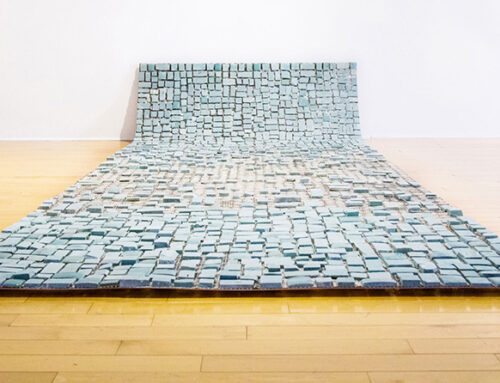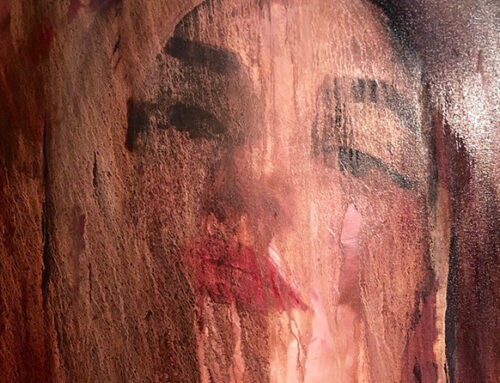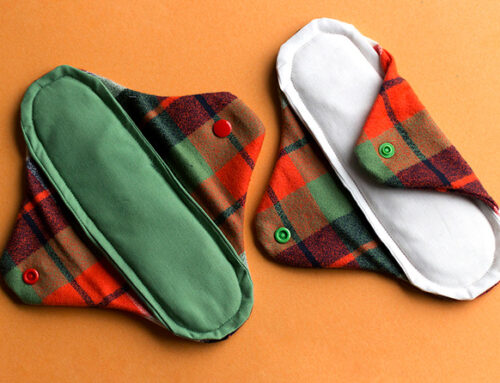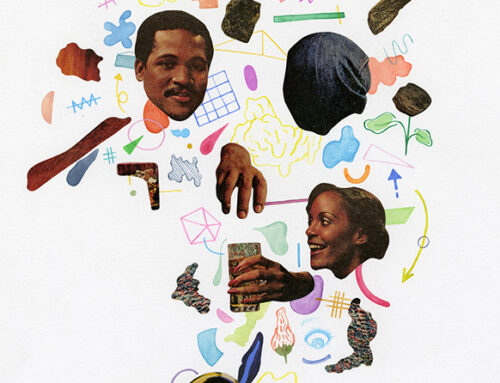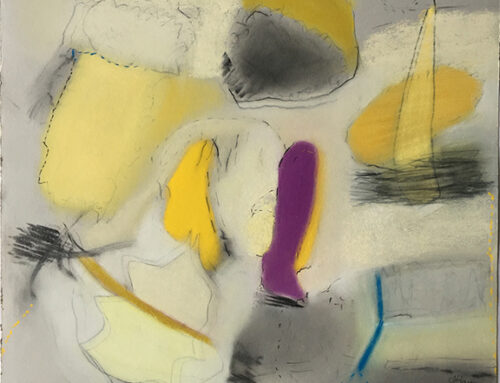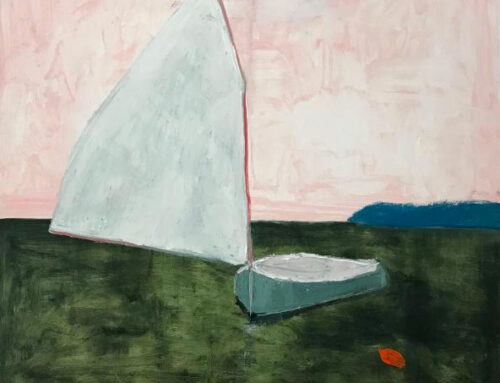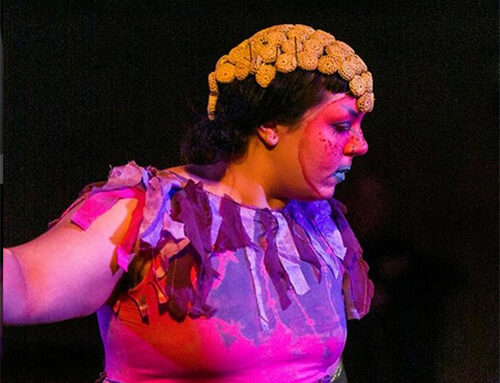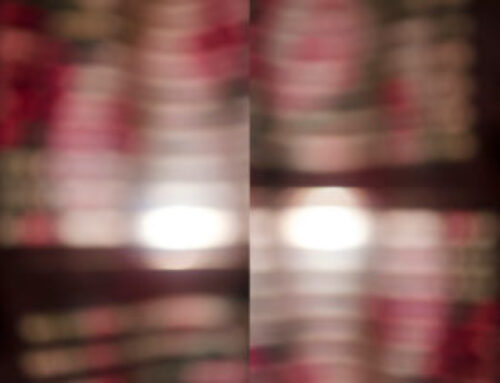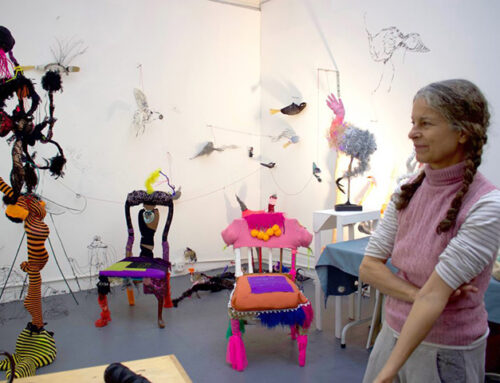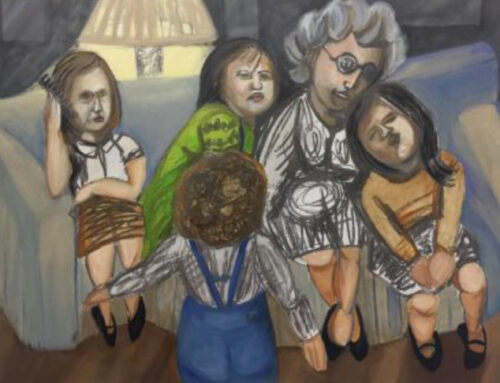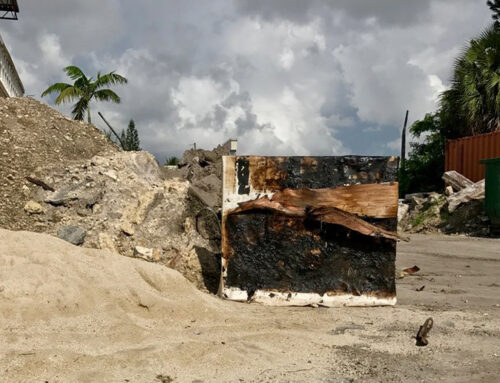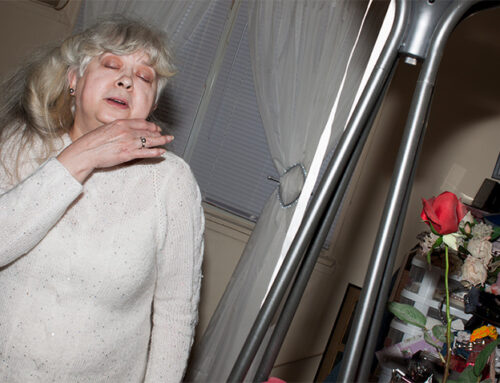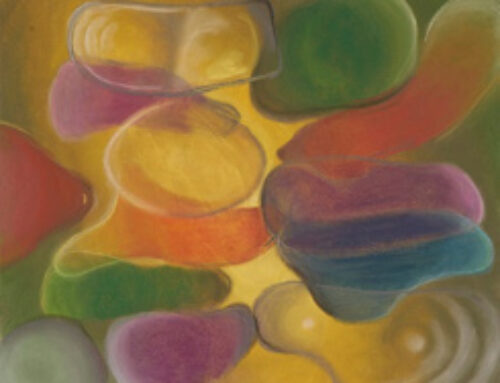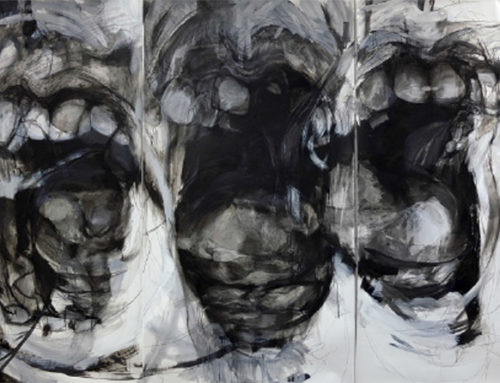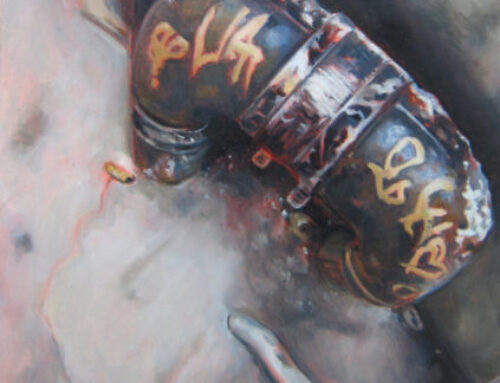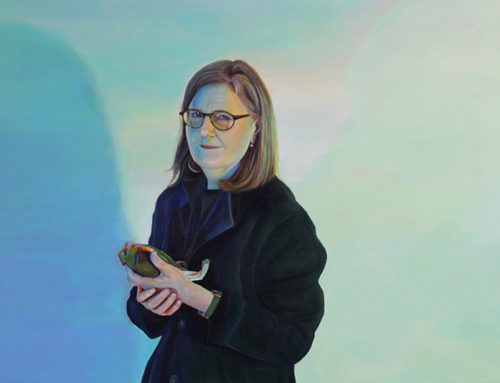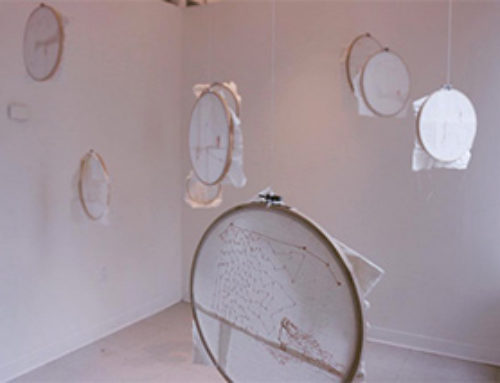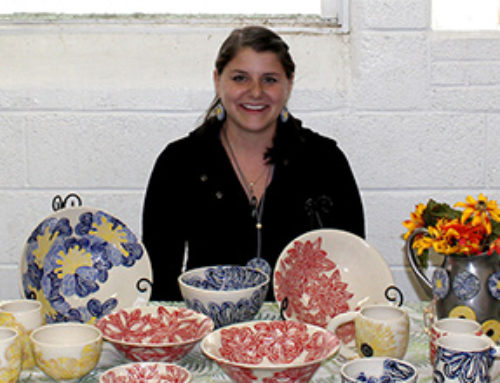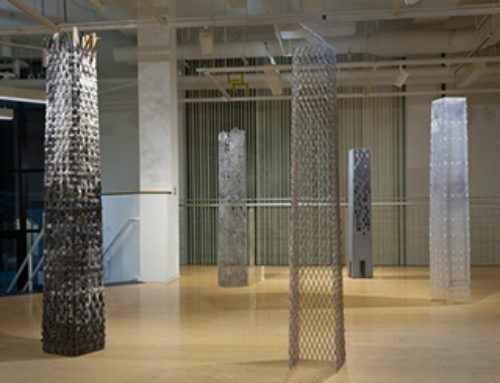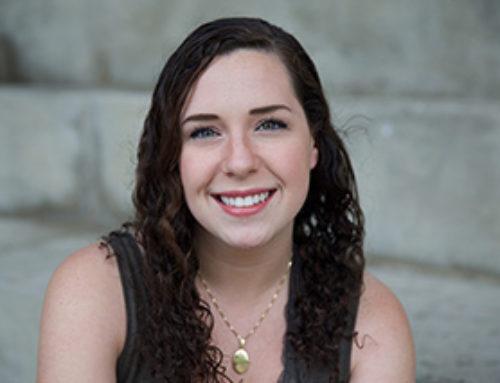
Color of Place
C-Scape Duneshack
Provincetown, MA

Color of Place
Haapsalv, Estonia
Pastel & graphite

Kaledescopic paper (Triptych)
Pastel & graphic
8 x 17 in

On the Line
Pastel, ink & graphite
9 x 9 in
JOAN OLIVER | INTERVIEW QUESTIONS
Q. How did your passion for art begin taking shape for you—at home, school, a mentor, other artists who inspired you, or a personal experience that started the fermenting process?
A. My current work in abstract drawing and collage has evolved as a corporeal response to memories that by nature are both murky and indelible. This exploration has afforded me the opportunity to develop my skills and vision with numerous artist-mentors and peers, including Meredith Rosier, with whom I have studied since 2010 at the Woodstock School of Art. Previous study includes studio classes at the Lake Placid Center for Music, Drama and Art, and the Art Center of the Capital Region, in Troy, New York; at the Provincetown Art Association and Museum, Truro Arts Center, and Cambridge Art Association in Massachusetts; and, Lee County Community College and Lee County Alliance of the Arts, in Fort Myers, Florida.
Always sensitive to the visual qualities of objects and experiences, I have spent a lifetime accumulating a diverse catalogue of images that show up in my abstract drawings and collage. Having been born and raised in New York’s Hudson Valley, the region’s seasonal transitions and topography figure prominently in my work. Also influential have been lingering recollections of my grandmother’s Victorian home, which was filled with mysterious treasures, knick-knacks, lace coverlets and crocheted doilies; relics and statuary of saints and deities of the Roman Catholic Church.
Women’s social and solitary practices of needle arts were a common ritual at that time; the production of accessories, clothing and adornments are fixed in my memory as images of fabric and sewing notions, bundles of water-dampened cotton and starched, ironed altar linen; costume jewelry and handkerchiefs, colorful scarves and burlap bags. My grandfather’s outbuildings housed an assortment of farm implements, galvanized tubs, chicken feed and coops that cultivated my appreciation for layers of texture, shape and color. In the cellar, muskrat pelts hung from the ceiling on wooden stretchers. My dad’s workbench was perpetually littered with tools for measuring and cutting, vices, wrenches, fasteners and metal filings; containers of lubricants as well as gun cartridges and pellets.
The groundbreaking techniques of Robert Rauschenberg in collage, and of Susan Rothenberg in drawing, have exerted great influence upon my work. Rauschenberg’s radical mixed-media assemblages empowered my own inclinations toward non-traditional combinations of drawing materials. Rothenberg, whose gestural drawings verge on abstraction, inspired an uninhibited exploration of mark making. My work owes much to the trajectory begun by other twentieth century artists as well, specifically the works on paper of abstract expressionists Richard Pousette-Dart and Adolph Gottlieb and the collage of Anne Ryan and Hannelore Baron.
Gottlieb and Pousette-Dart revered the process of creation itself. They used automatism as a starting point – as a catalyst to call forth images from the subconscious. Each had a contemplative approach and employed multiple revisions to communicate the universal. Pousette-Dart employed biomorphic and totemic shapes and used underlying grids as an organizing principle. His glyphs resemble alchemical maps that allow access to a mystical space. Employing a razor, he often scraped the surface to reveal layers underneath as colors were rubbed together. Gottlieb’s “pictographs” are formed by irregular grids that exhibit gestural energy and deliberate ambiguity. Both artists allow the viewer to bring personal association to universal motifs.
Q. How would you describe your artwork, in terms of materials or mediums? Has it changed or evolved since formal training and what are your goals for it?
A. For me, drawing is a main line to the subconscious. The exploratory, meditative process of “tapping in” yields works that, however abstract, evoke the blurred landscape of dream or memory. While the drawing process itself is intentionally evident and primary, indistinct yet resonant configurations coexist within an atmospheric space. Simple geometric shapes resemble familiar structures – houses, windows, and tunnels; while deep spaces punctuated by organic forms recall places or times devoid of human habitation. Grids also appear that are not just picture plane. The substrate — folded, scored and stitched into distinct squares — becomes an object itself and gathers its own associations with maps, quilts or other familiar ephemera. The physicality of this transformative process extends to the manner in which marks made with pastel, graphite and charcoal cohabitate surfaces that are scratched, cut, perforated, incised and stitched using tools and abrasives. Ensuing errors, chance effects, revisions and pentimenti are key to the journey and completion of each work. While I identify the process of drawing as the foundation for my work, I also recognize – and revel in – its permeability as a defined medium. And while rooted in the traditions of forging marks on paper, I am also compelled to explore the ways in which these traditions intersect with an ever-broadening world of possibilities as exemplified by Anne Ryan and Hannelore Baron’s intimate mixed media collages. Private and often poetic contemplations, the intimate, personal quality of their work expresses a fragility and pathos that I identify as my primary goal.
Q. How important is a personal style to you as an artist or does your work reflect larger social and cultural issues?
A. As described above, my work is personal and does not attempt to reflect social or cultural issues. Rather, it reflects a life journey. My hope is that others find connections to my expression and are moved to contemplate the visual stimulation it offers.
Q. How do you feel about being part of a woman’s art organization?
A. Being a part of such a historic organization, and the support it provides, is cause for great excitement and enthusiasm. Two of my major influences, Anne Ryan and Hannelore Baron, helped launch the nation-wide feminist discourse that occurred among artists in the 1970’s. I am committed to honor this evolving history in my life and work.



